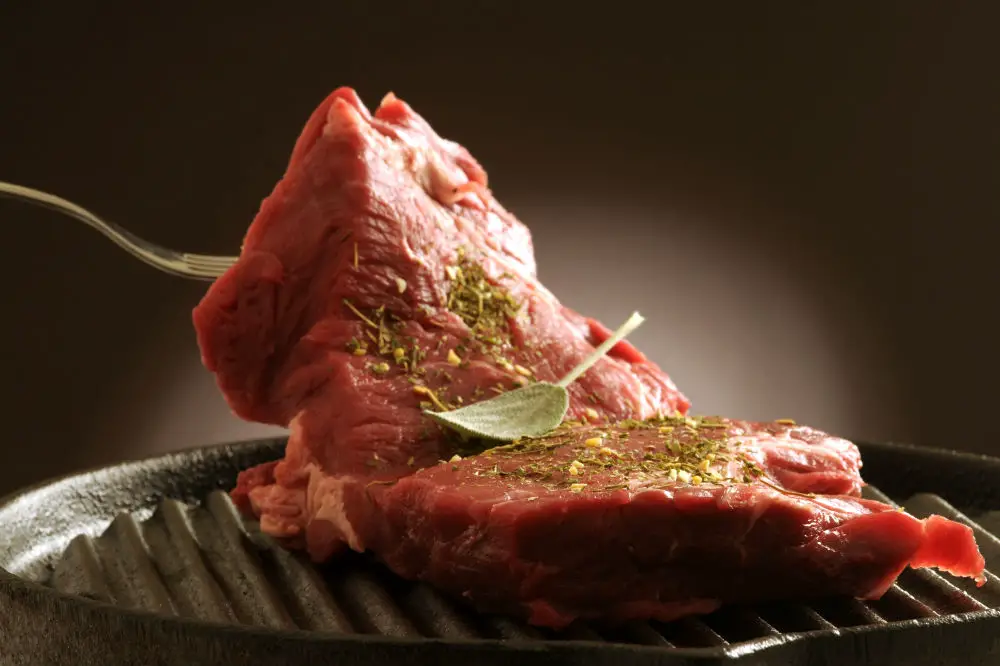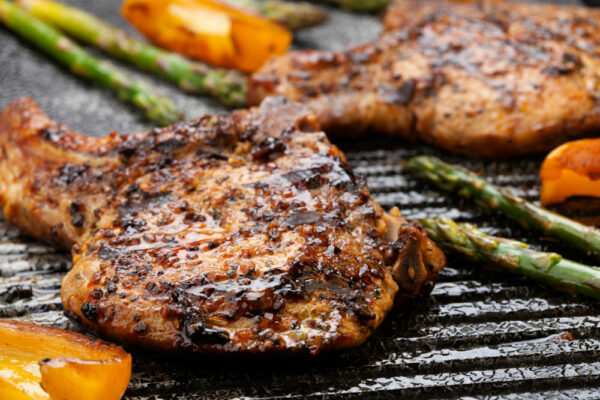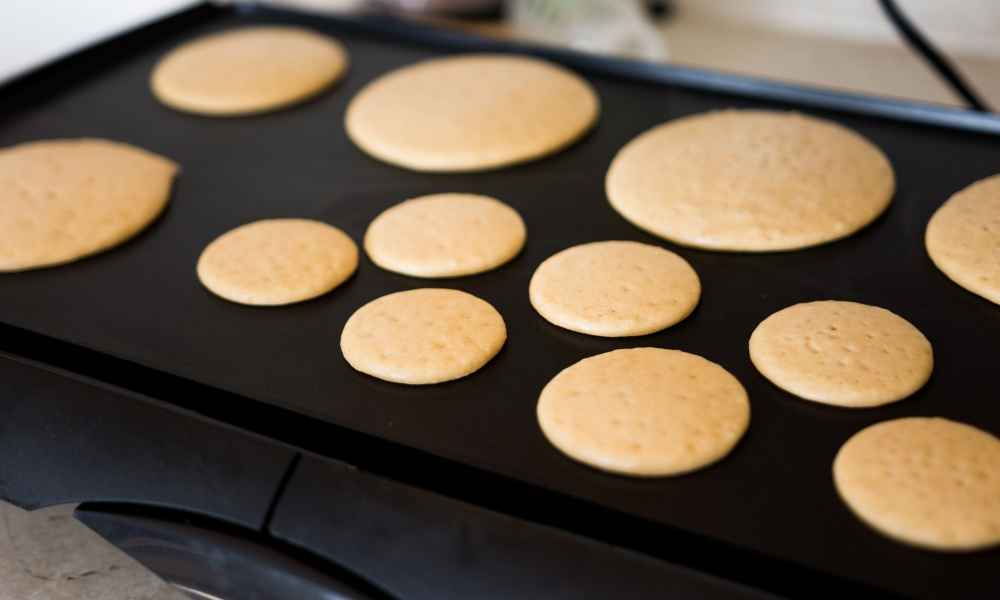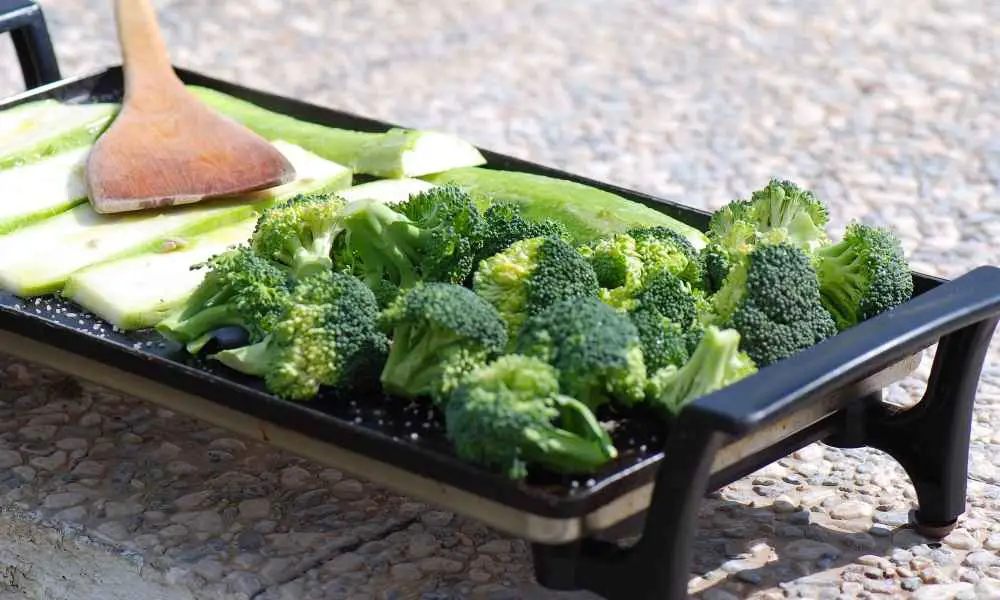The thought of sinking your teeth into a juicy tender steak is enough to have your salivary glands working overtime. But that’s just the thing: cooking the perfect steak is no cakewalk. It’s the culmination of having the right grilling equipment, meat cuts, condiments, and most importantly, refined grilling skills.
You not only need the skills to work the griddle but also to spice, marinate, and grill the steaks. Only then can you lay claim to bragging rights for the juicy tender steaks that turn a Sunday barbecue into a must-attend fancy affair.
Why Use a Griddle?
Well, because a griddle lets you put healthy eating and steak in the same sentence while actually meaning it. Skillets are an excellent cooking accessory when looking to cut out the excess oils and butter from your diet. Anything you cook on a griddle – pancakes, steaks, eggs, potatoes are way healthier because a griddles needs little to no oil. Besides, there’s a lowered chance of burning foods while using a griddle. Of course, you need to know how to cook steak on a griddle to get the best results.
Picking a Griddle
Griddles come in various shapes and sizes to suit different needs. As such, you need to reconcile and weigh your needs before making your choice. In most cases, the decision comes down to a traditional or electric griddle.
- A traditional griddle is a cast iron plate or pan that cooks over the stove. Depending on the size, these griddles fit over one or two burners. Your specific cooking needs determine the choice and size of the skillet. Large griddles are perfect for cooking feather and skirt steak or fish that just won’t fit in a regular pan. The best griddles are made from cast iron and stainless steel.
- As the name suggests, electric griddles run on electricity. They are comprised of cast aluminum or iron pans that are hooked up to a power source. Since electric grills come with a thermostat, you have greater control over the cooking temperature.
The Cut of Meat
Now that you have the right griddle, it is only fair that you get a prime or choice meat and ensure that your steaks come out tender, juicy, and flavorful. There are dozens of beef cuts spread over a broad price range, but prime and choice cuts are the best quality, albeit a tad pricier.
Some choice steaks include rib eye, sirloin, tenderloin, T-bone, and New York strip. Meat quality is based on a combination of maturity and marbling. Marbling, the fat content within the meat, determines the flavor, while maturity refers to the age of the animal and determines the tenderness.
What Oil?
Professional chefs have a strong preference for butter, olive, or groundnut oil. Groundnut oil is a recent entrant in the cooking scene due to its ability to withstand high temperatures. Olive oil makes the best choice when looking to make healthier foods.

Here’s How To Cook Steak on a Griddle
What you’ll need:
Equipment – A griddle, a pair of tongs, a meat thermometer, and aluminum foil.
Ingredients – Marinade (dry seasoning), olive oil, salt, garlic, and pepper.
Preparation
If your steak is frozen, thaw it down to room temperature by leaving it in the fridge for 24 hours. If pressed for time, dunk the steak in cold water and change the water every half an hour until it thaws. The ideal temperature is about 70 degrees Fahrenheit.
Cooking Your Steak on a Griddle
- Remove any excess moisture from the meat by patting it down with a napkin.
- Dab a little olive oil on the steak and then rub in your choice of marinade. You can get as creative as you want, and your guests’ culinary adventure allows. If you’re not into marinades, a little black pepper and salt get you excellent results.
- Fire up your griddle or place the traditional skillet on the stovetop until it heats evenly. The grill is ready if a drop of water skitters across the surface.
- Place the steaks carefully on your griddle and leave the side to cook for 2-3 minutes before flipping it over. As the meat cooks, the edges will lift off the griddle.
- Flip the steak over with the handy tongs. You can brush the steak with a little more olive oil if you wish.
- Cooking times are dependent on the kind of steaks you wish to cook.
- Cook rare steak for 90 seconds
- Medium rare steak cooks for 2 minutes
- Medium steak cooks for 2.5 minutes
- Well done steak cooks for 3 minutes
- Check the meet temperature by inserting the meat thermometer at the thickest parts of the steak
- Remove the meat from griddle using the tongs once it cooks to the desired level. Seared steak with grill marks on either side is the hallmark of a great steak.
- Wrap the cooked steak in aluminum foil and leave it to rest for 10 minutes. Wrapping in foil settles the juices in the meat, making the steak tender and juicy. It also cooks a little bit more because the temperature raises a few more degrees.
- Remove the now juicy steak from the aluminum foil and season it to your liking.
- Serve the steak with your favorite accompaniments.
Cooking The Perfect Steak
Bearing these pro-tips in mind will turn the steaks in your next cookout into a mouthwatering affair.
- Always bring the steak to room temperature before cooking it. Cold meat contracts during the cooking process, making it tough and chewy.
- Always be sure that the griddle is smoking hot before placing the meat. At this temperature, a drop of water sizzles and rolls on the surface.
- Wipe off the excess amount of marinade before cooking.
- Never apply oil on the griddle, especially when it has a raised grid. The oil gets trapped between the grooves and won’t come into contact with the meats. It’ll just burn and create a lot of unwanted smoke.
- Cooking too many steaks at a time can lead to dismal results. The steaks lower the cooking temperature of the griddle to get you sub-par results.
- Marinating the steak overnight gives better results as that lets the herbs and spices penetrate deep into the meat. Planning ahead gives you enough time to prepare and store your meats in the marinade.



